By TIME Video
The first human probe to land on a comet went dark Friday night while sending data back to the European Space Agency.
In an online statement, the head of operations for the probe said, “this machine performed magnificently under tough conditions, and we can be fully proud of the incredible scientific success Philae has delivered.”
The probe lost power after bouncing into a shady area of the comet during its landing. Before losing power, the Philae accomplished about 80% of its scheduled observations.
Philae could soon regain power if its solar panels are able to pick up enough sunlight.
See the Rosetta Spacecraft's Best Photos of Comet 67P
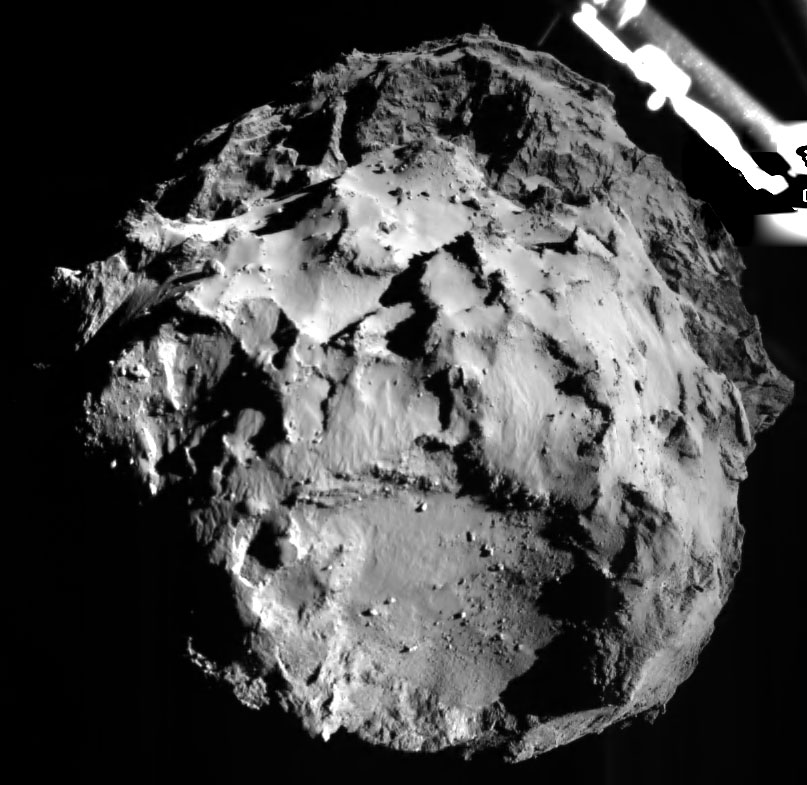
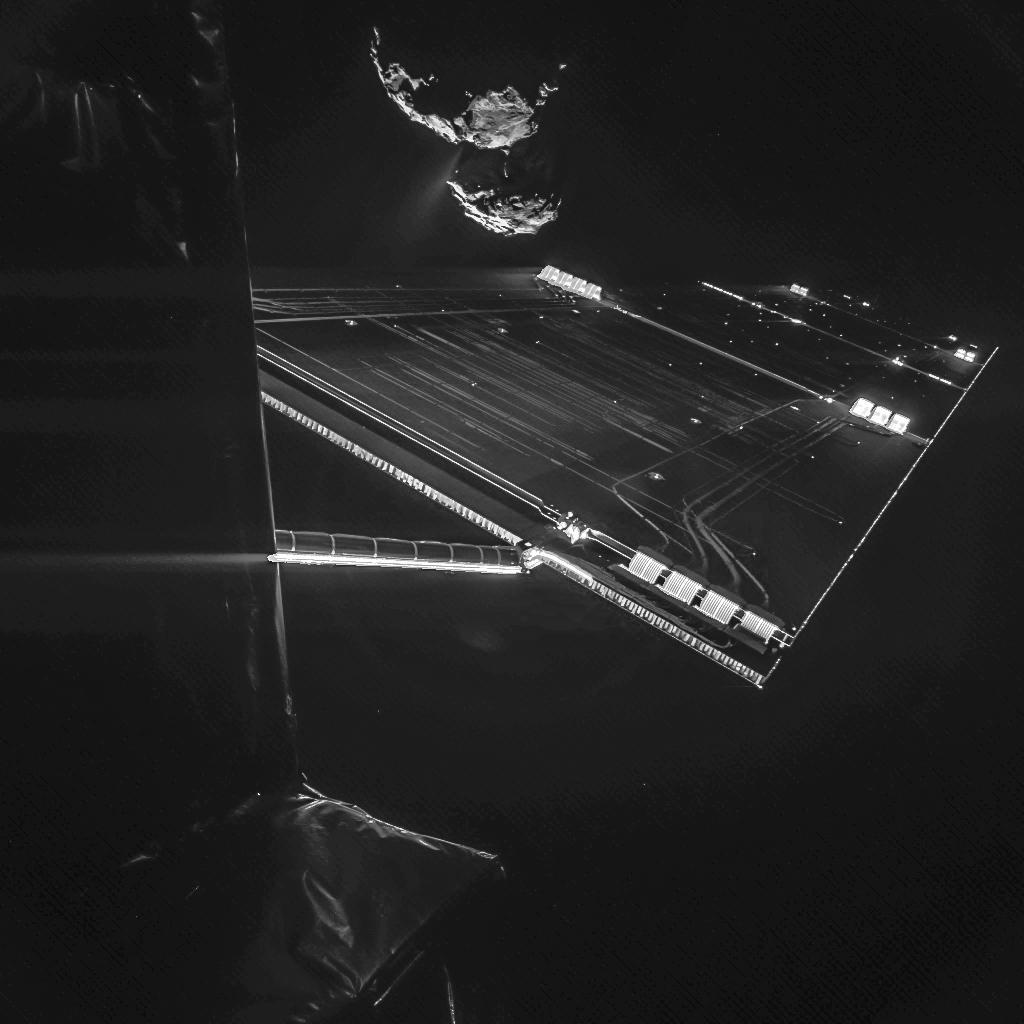


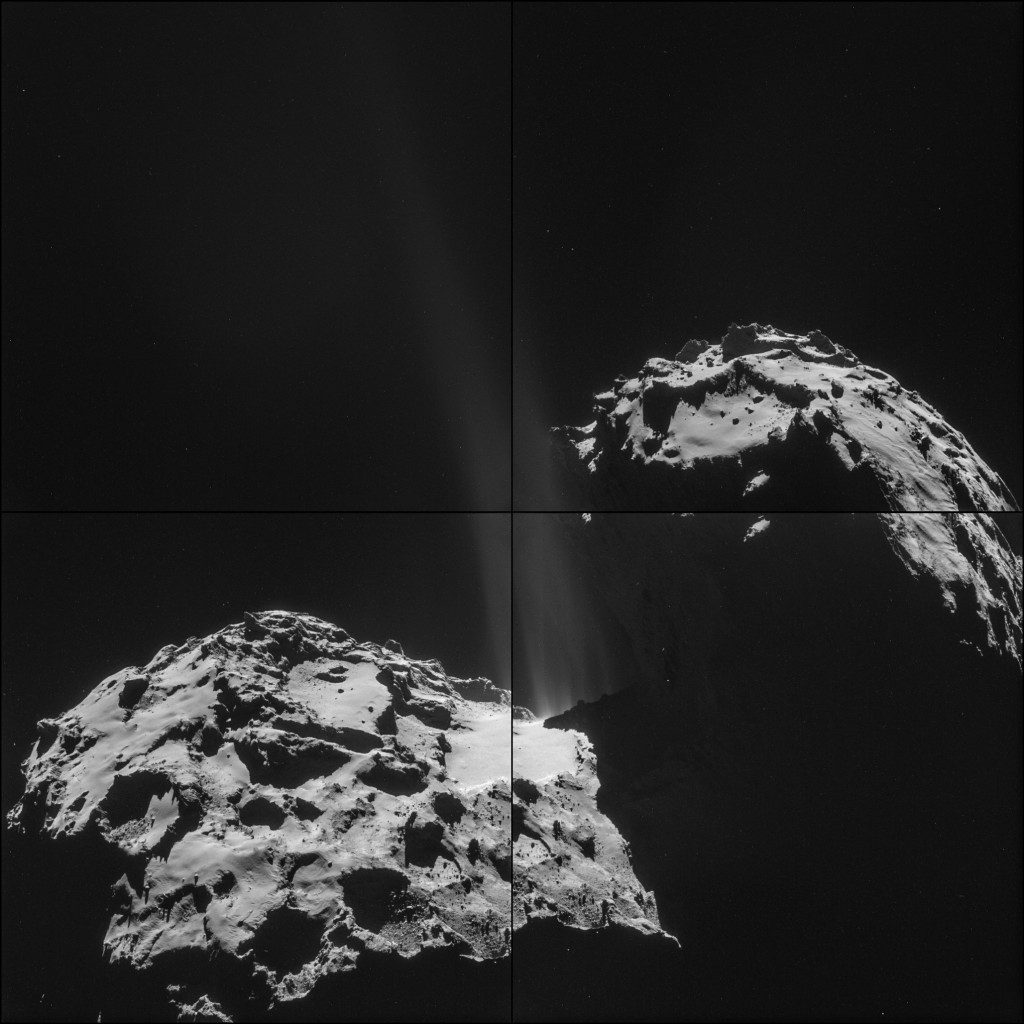

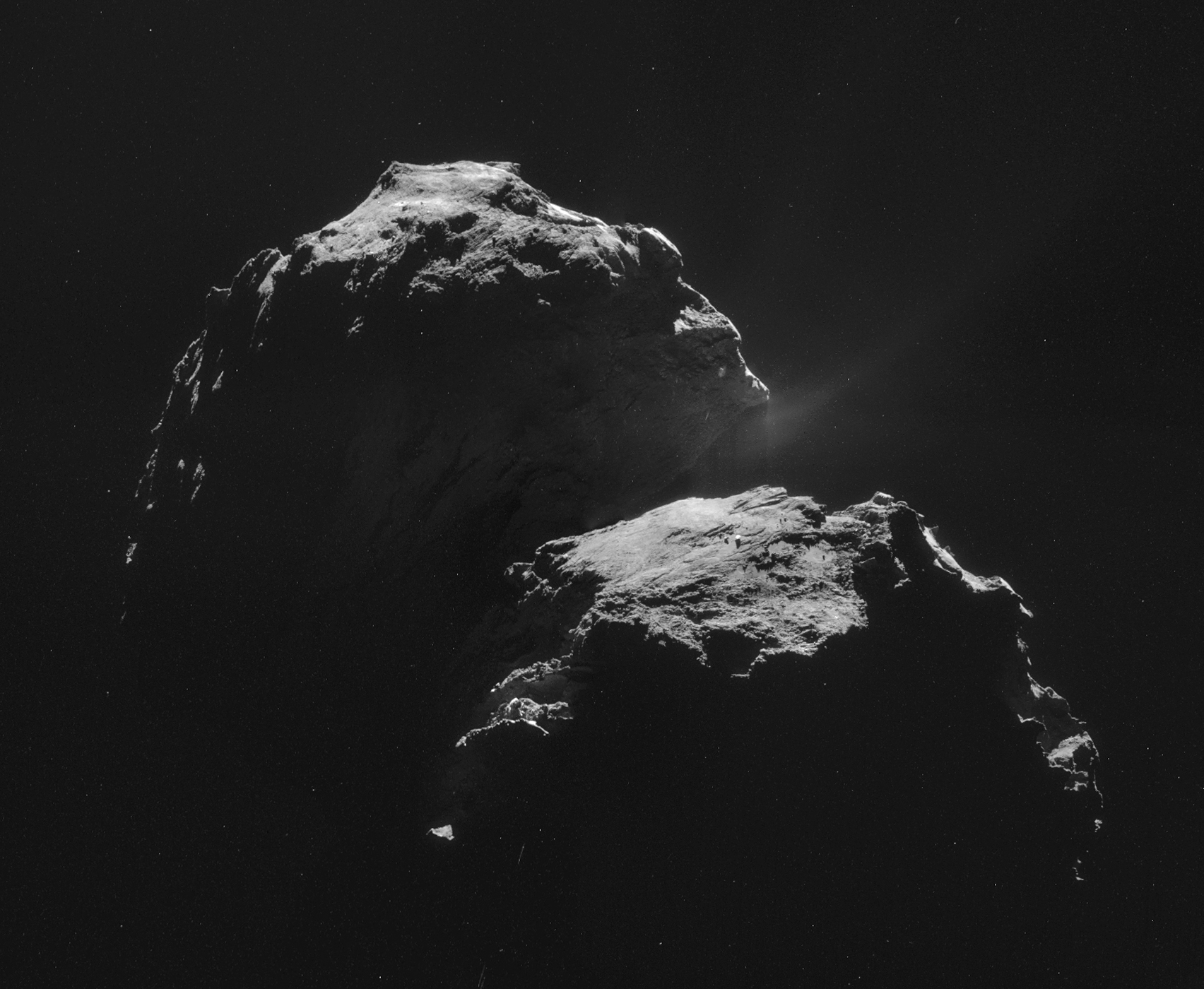
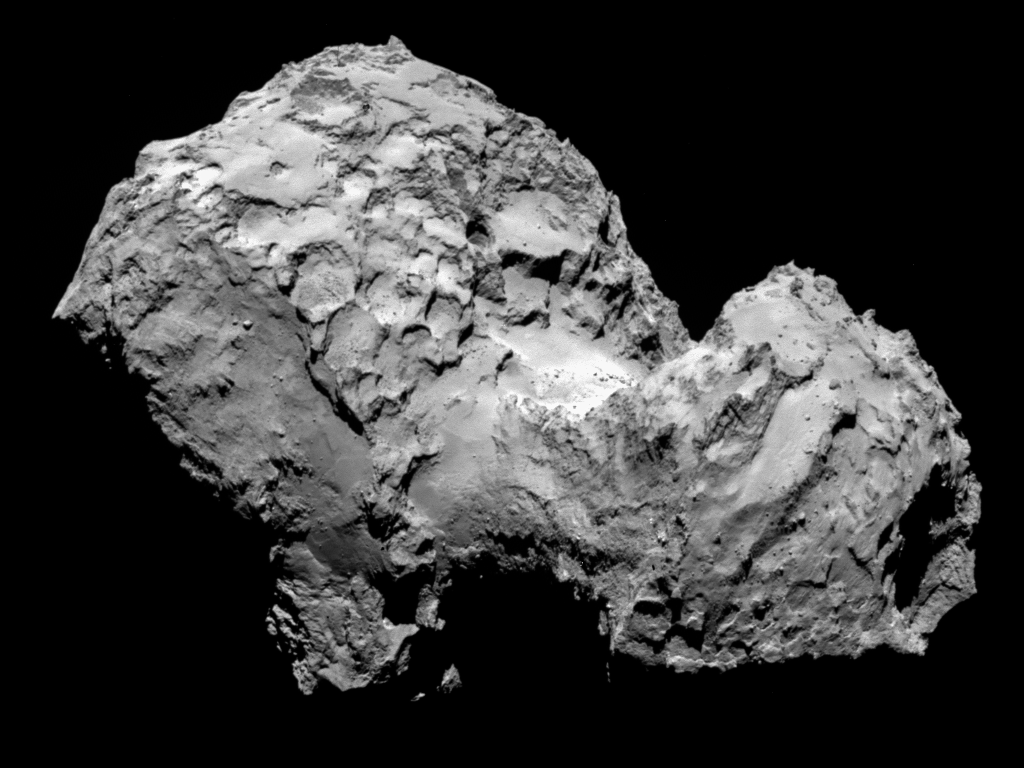
More Must-Reads from TIME
- L.A. Fires Show Reality of 1.5°C of Warming
- Home Losses From L.A. Fires Hasten ‘An Uninsurable Future’
- The Women Refusing to Participate in Trump’s Economy
- Bad Bunny On Heartbreak and New Album
- How to Dress Warmly for Cold Weather
- We’re Lucky to Have Been Alive in the Age of David Lynch
- The Motivational Trick That Makes You Exercise Harder
- Column: No One Won The War in Gaza
Contact us at letters@time.com